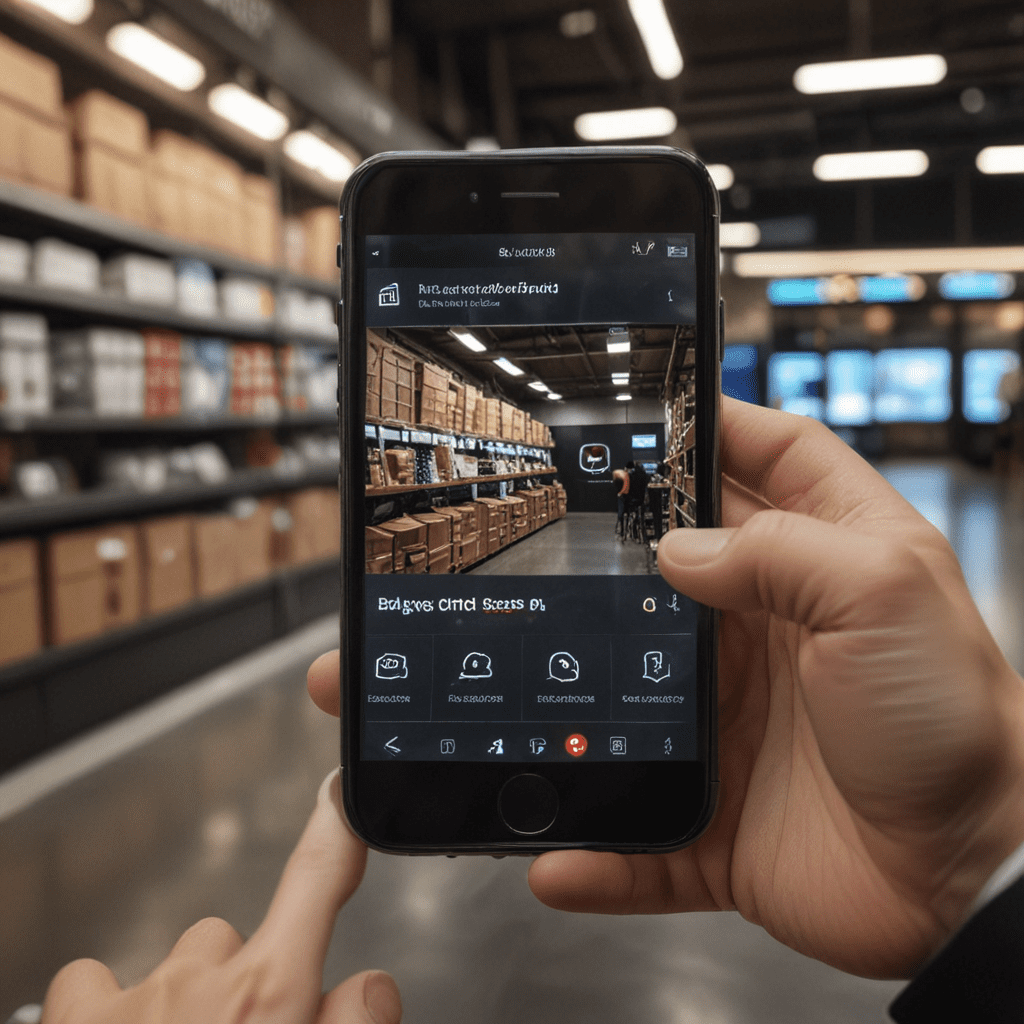Mobile App Development for Financial Services: Security Measures
In the rapidly evolving digital landscape, mobile apps have become indispensable tools for financial services. However, with the increased convenience and accessibility of mobile banking and investment platforms comes the need for robust security measures to protect sensitive financial data and transactions. Here are the first five key security measures that should be considered in mobile app development for financial services:
1. Multi-Factor Authentication (MFA)
MFA adds an extra layer of security by requiring users to provide multiple forms of identification before accessing their accounts. This can include a combination of passwords, PINs, biometrics, and other factors. MFA significantly reduces the risk of unauthorized access, even if credentials are compromised.
2. Biometric Security
Biometric security features, such as fingerprint or facial recognition, provide an additional level of authentication that is unique to each user. These features are difficult to replicate, making them highly effective deterrents against fraud and identity theft.
3. Data Encryption
Encryption is essential for protecting data transmitted between mobile devices and financial institutions. Strong encryption algorithms, such as AES-256, render data unreadable to unauthorized parties, even if intercepted. This ensures the confidentiality and integrity of sensitive financial information.
4. Secure App Development Practices
Adhering to secure coding practices is crucial to prevent vulnerabilities that could compromise user data. Developers should employ industry-standard security measures, such as input validation, secure data storage, and regular security audits, to mitigate potential threats.
5. Secure Storage of Sensitive Data
Sensitive financial data, such as account numbers and transaction details, should be securely stored within mobile apps. This can involve the use of encrypted databases, access controls, and other measures to prevent unauthorized access, alteration, or deletion of critical information.
6. Application Pen Testing
Regular application penetration testing is crucial to identify and address security vulnerabilities in mobile apps. This is a systematic process of testing the app to simulate real-world attacks and uncover potential exploits. Pen testing helps to identify vulnerabilities that may have been missed during development, ensuring the app's resilience against cyber threats.
7. Continuous Monitoring and Incident Response
Implementing continuous monitoring and incident response mechanisms is essential for proactive threat detection and mitigation. Continuous monitoring involves using tools and techniques to monitor app activity, user behavior, and system logs for any suspicious or anomalous patterns. Incident response plans outline the steps to be taken in case of a security breach, ensuring a timely and effective response to minimize damage and protect customer data.
8. Regulatory Compliance
Financial services are subject to strict regulatory requirements aimed at safeguarding consumer data and preventing fraud. Mobile app developers must ensure compliance with relevant regulations, such as the Payment Card Industry Data Security Standard (PCI DSS) and the General Data Protection Regulation (GDPR). By adhering to regulatory standards, apps can demonstrate their commitment to data privacy and security, fostering trust among users.
9. User Education and Awareness
Users are the first line of defense against security breaches. Educating users about common security threats and best practices can significantly reduce the risk of compromise. Financial institutions should provide clear and accessible guidance on topics such as password management, device security, and the importance of reporting suspicious activity. By empowering users with knowledge, they become active participants in protecting their own financial data.
10. Third-Party Integration Security
Mobile apps often integrate with third-party services for functionality such as payment processing or fraud detection. It is crucial to scrutinize the security practices of third-party vendors and ensure that their integrations conform to the same high standards as the app itself. Due diligence and regular security assessments of third-party integrations help mitigate risks associated with external services and maintain a comprehensive security posture.
FAQ
Q: What is the most important security measure for financial services apps?
A: Multi-Factor Authentication (MFA) is considered the most critical security measure as it adds an additional layer of protection beyond passwords.
Q: Why is biometric security important in financial apps?
A: Biometric security enhances security by using unique physical characteristics for authentication, making it difficult for unauthorized individuals to access accounts.
Q: How does encryption protect financial data?
A: Encryption transforms data into an unreadable format, ensuring its confidentiality and preventing unauthorized parties from accessing sensitive information.
Q: What are the benefits of continuous monitoring and incident response?
A: Continuous monitoring and incident response enable proactive threat detection, allow for timely mitigation, and help minimize the impact of security breaches.



